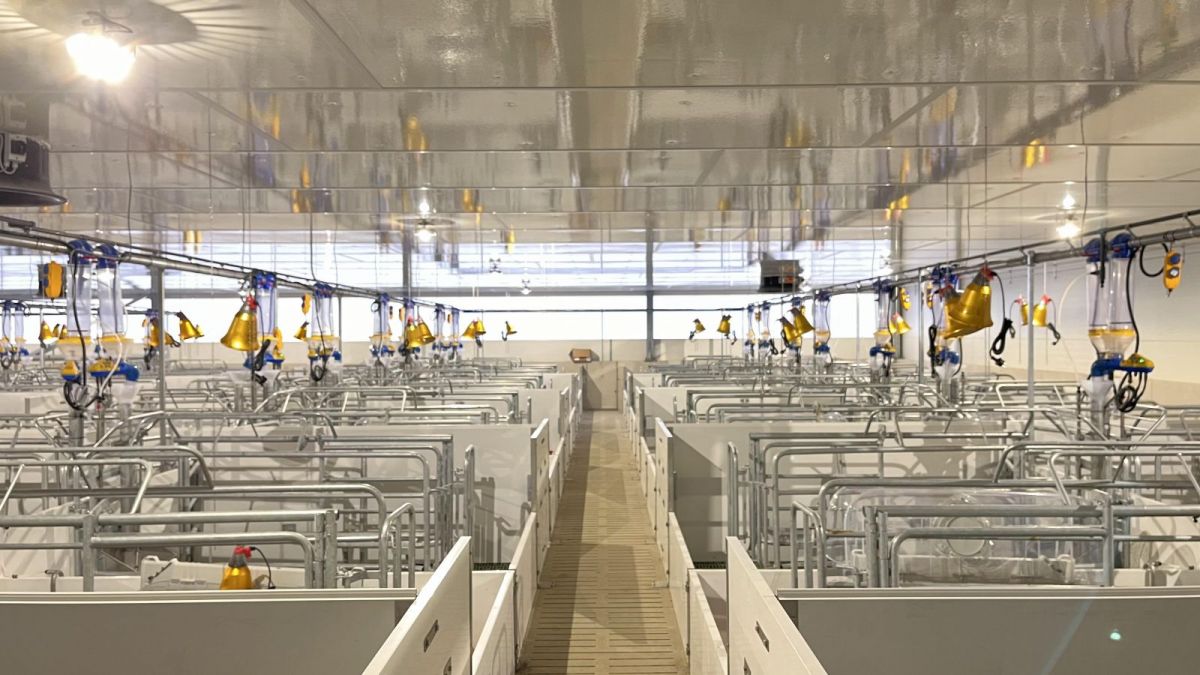
One common feature of all living creatures is the existence of biological rhythms. These biological rhythms are quite variable and sometimes last from minutes to years. However, almost every living organism has a rhythm that is adapted to the 24 hours of the day. This biological rhythm is called the circadian rhythm, influenced and shaped by external sources arrive daily. The persistence or even change of these will affect the neurohormonal processes of the animal. One such process is melatonin secretion. These processes directly affect the reproductive performance of animals. Several studies have been conducted on these processes, but it is still not entirely clear how much an external stimulus affects these processes.
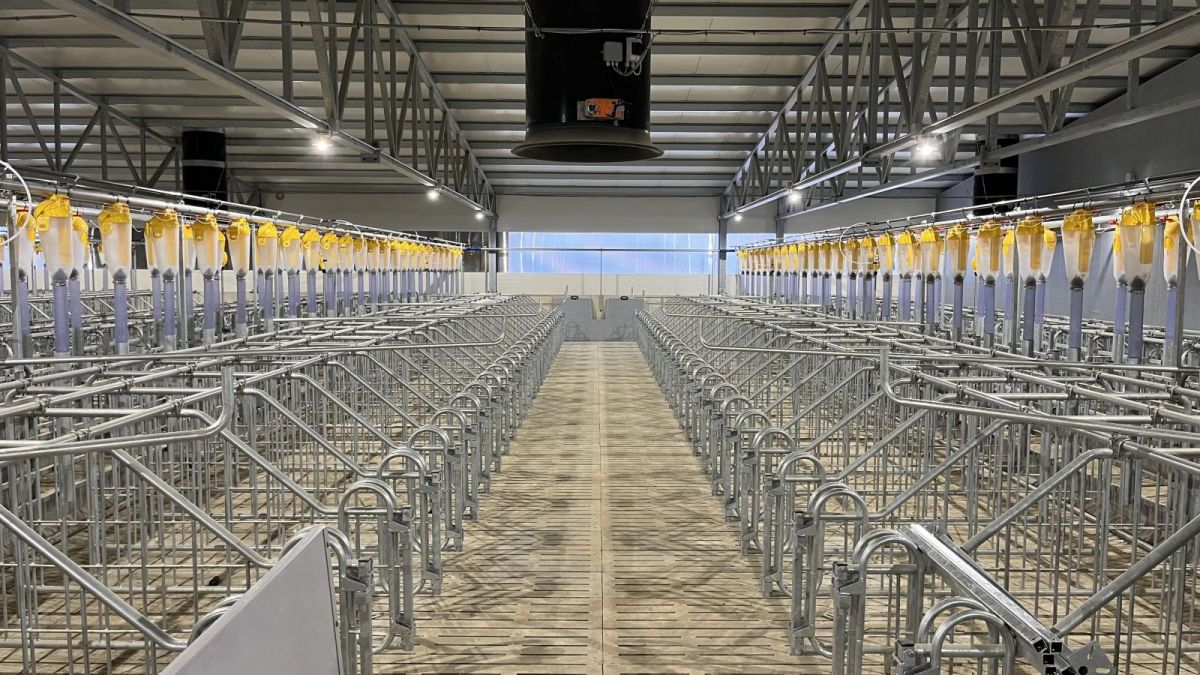
Light has long been known to affect the lifecycles of animals, yet light has a prominent role in pig farming mostly in the insemination room. It is a basic requirement that the sow should be on 150-200 Lux at eye level for proper oestrus. However, the current line of requirements for light is just about it in todays pig farms.
In most cases, the light serves only one purpose: the worker must see the animals so not enough attention payed when designin to the needs of the animals or how the planned lighting will affect the efficiency of production or just meet the basic biological needs of the animals. Considering these in mind, current lighting systems are underused, not helping the needs of pigs or working with high costs producing such electricity bills. In addition to all this, what we rarely take into account is how it will affect the life performance of the animals. The properly designed lighting can achieve a stimulating or a calming result for both humans and animals. The more and more important animal welfare considerations will sooner or later make the correct use of light target unavoidable as well as the full satisfaction of the animal's needs.

Pigs vision is dichromatic, which means they are basically able to perceive two colors well. Green and blue are very good, but red light is not or very poorly perceived. Pigs perceive green light most intensely.
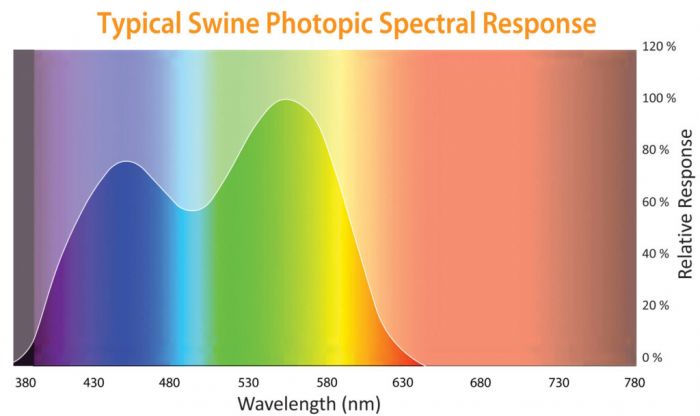
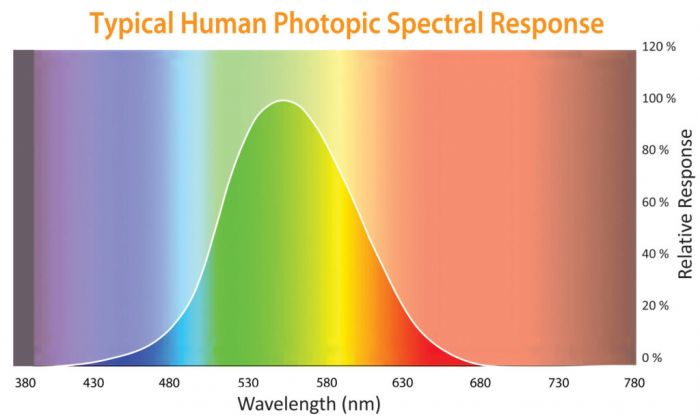
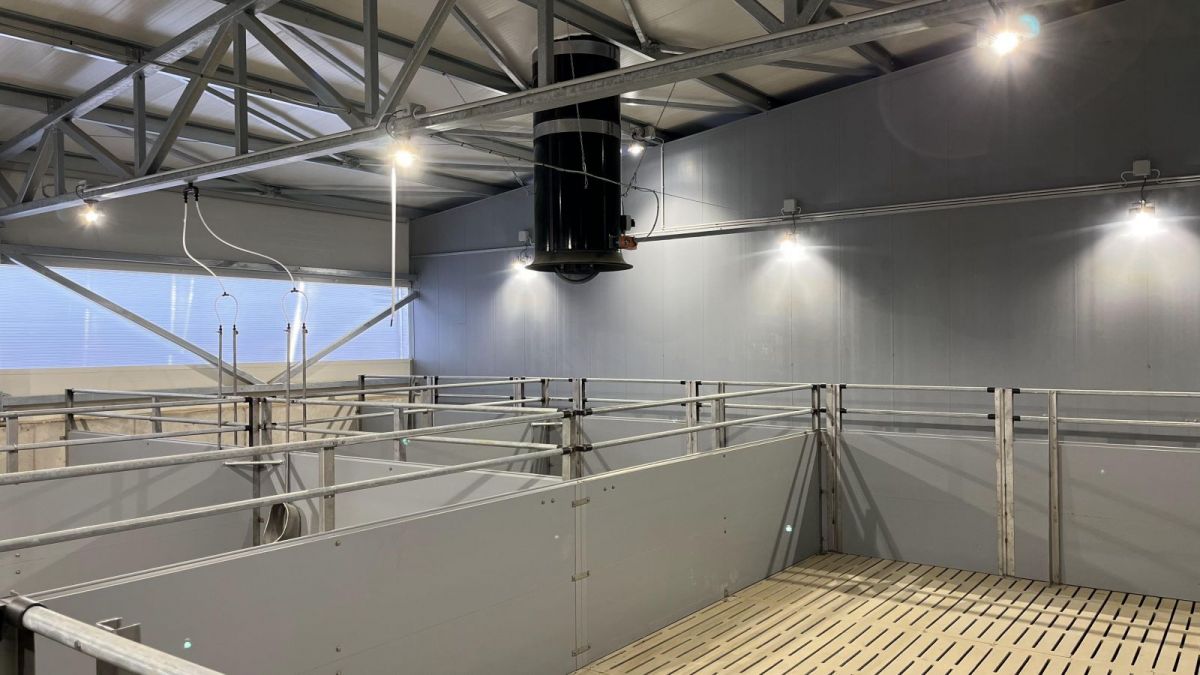
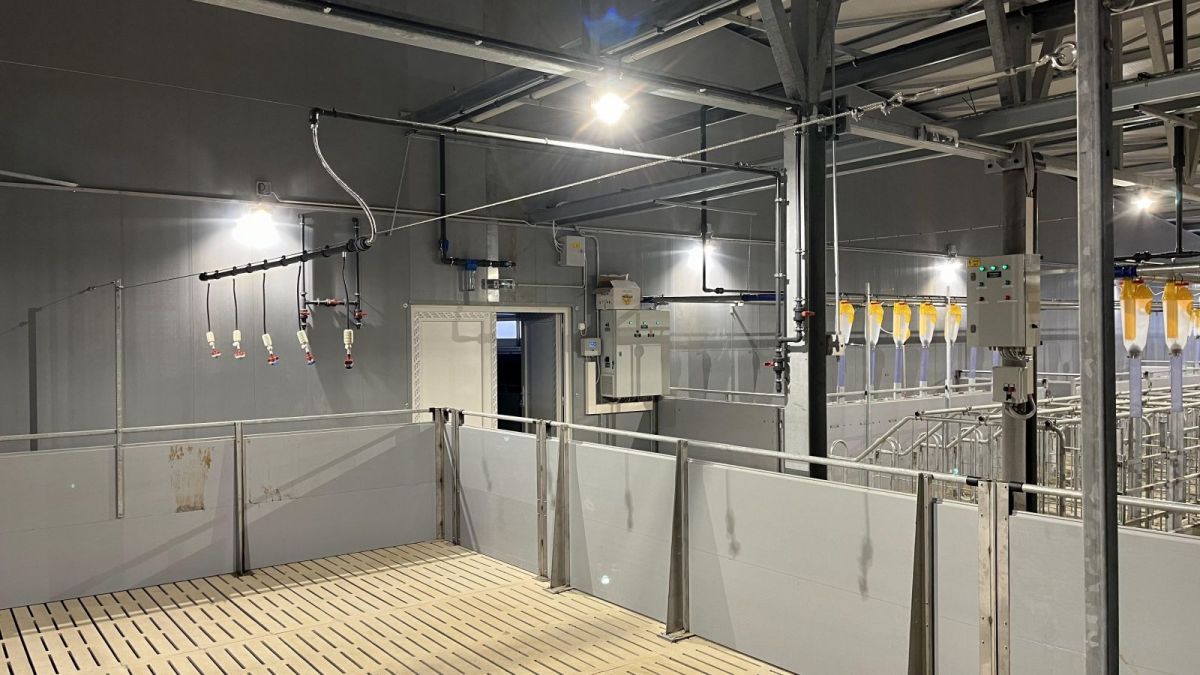
| Power Supply | V, Hz | 90-305 VAC 47-63 Hz |
| Performance | W | 48,5 |
| Luminous flux | lumen | 8.000 |
| Efficiency | lumen/W | 149,5 |
| Frekvencia | Hz | N/A |
| Colour Temperature | K | 2700-6500 |
| Aperture Angle | ⁰ | 150 |
| Dimmability | % | yes 10-100 |
| Flicker-free light | yes | |
| Number of LED | pcs | 1 |
| LED Type | COB | |
| Protection | IP | IP 67 |
| Expected lifetime | hour | min. 100.000 |
| Operating temperature | ⁰C | -40/+40 |
| Certification | CE/RoHS | |
| Lenght/Widht/Height | mm | dia: 180 mm/80 mm |
| Weight | kg | 2 |
| Material | Aluminium;Silicone | |
| Service available | yes | |
| Warranty | years | 5 |
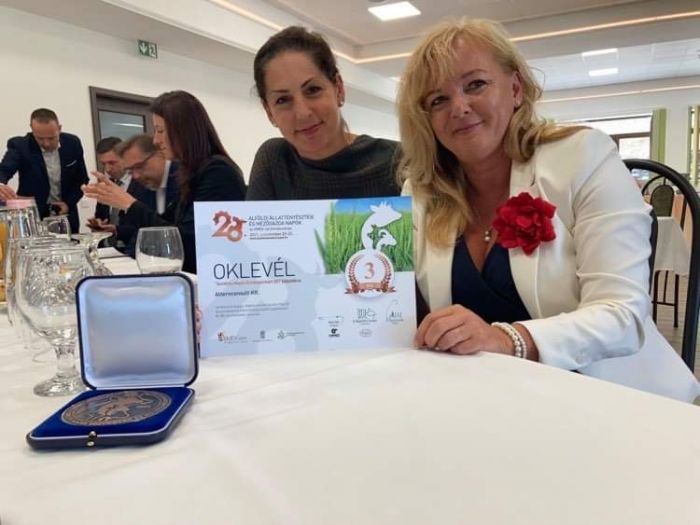
The prizes of the Product Award for Animal Husbandry and Crop Production were handed over at the headquarters of Hód-Mezőgazda Zrt. at Hódmezővásárhely, Hungary.




